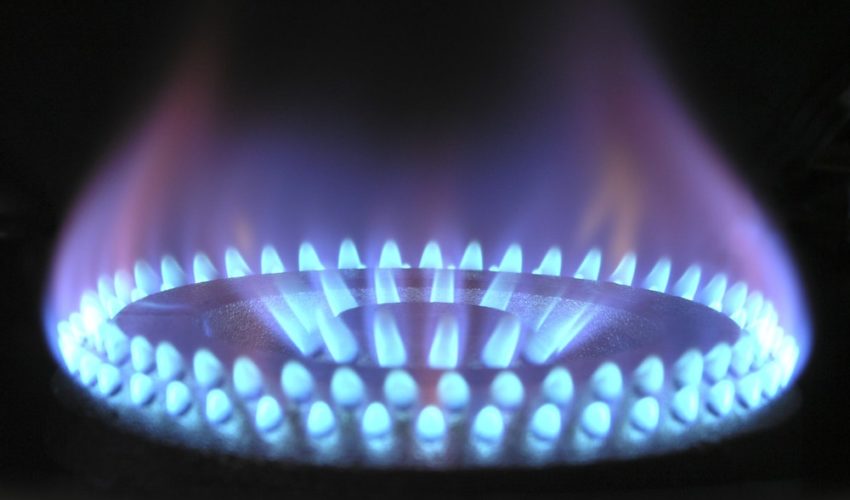Cold weather has finally arrived in south Texas, and with that, gas appliances are being used more than ever to entertain during the holidays and keep homes warm. If you use gas burning appliances in your home there are several safety tips to keep your home and family protected during the winter months.
What is Carbon Monoxide?
According to the National Safety Council, carbon monoxide is a colorless, odorless gas that is produced by gas burning appliances and machines, such as stoves, furnaces, water heaters, gas dryers, and cars.
Why Is It a Risk?
The winter months are prime time for gas appliances to be used in high volumes. Furnaces may be used for long periods at a time to keep your home warm, or stoves may run all day while prepping for holiday celebrations. Without proper ventilation in the area where gas is burning, there’s a risk of humans and animals in the vicinity experiencing carbon monoxide poisoning.
Ways to Prevent Carbon Monoxide Poisoning
It’s important to take extra precautions throughout the year when using gas appliances or machines in your home, especially during the winter months when usage is at its peak.
- Install a Detector
Any home that has a gas appliance should always have a carbon monoxide detector. If your home is not equipped with a detector, visit your local big-box store and pick up one (or more)! They’re relatively inexpensive, easy to install, and are the best way to monitor the gas levels in your home. - Test Your Batteries
Testing your detector’s batteries every three months will ensure your detector is always working. Keep a log of your inspections on your home calendar, fridge, or somewhere visible where you will be reminded to continue your routine check-ups. If you don’t keep a log and are unsure when your last test was, it probably means you’re due for another test! - Run Your Vent Hood
When using a gas burning stove, always turn on your vent hood. This is particularly important when cooking for long periods of time, such as all-day holiday cookouts and parties. While gas stoves don’t emit a substantial amount of carbon monoxide, it does still put off enough to set off a detector. Using your vent hood will help with the ventilation of your home and lessen the risk for poisoning. - Have Your Furnace Maintenanced
Furnaces tend to put off a lot of carbon monoxide. Luckily, they have built-in safety features that trigger the unit to turn off in the event anything fails. Safeties aren’t completely fail-proof though. Have your furnace checked every year to verify the safeties are working and that the ventilation system is properly connected. If you’ve recently had your roof worked on or replaced, have a specialist check that the vents have been properly reinstalled, allowing for adequate airflow and for gas to escape your home. - Avoid Running Your Car in Your Garage
Cars put out a tremendous amount of carbon monoxide. When your vehicle is in your garage, always make sure the engine is off and no longer running, especially when the garage door is closed. Due to the high levels of gas from the vehicle, the gas can permeate through the walls, into your home, causing poisoning to loved ones. - Heating Your Home
Never use your gas stove to heat your home. Kitchen ovens and stoves were designed for cooking, not heating a home. By misusing or overrunning your unit, you could not only decrease the lifespan of the appliance, but emit carbon monoxide. When used in a normal setting, gas stoves and ovens emit low levels of gas, but when misused, can emit dangerous levels of carbon monoxide. Additionally, leaving high heat unattended is dangerous and should never be done, especially overnight. If your furnace goes out and you need to heat your home, opt for a space heater instead. They’re inexpensive and some come with safety features, such a tip-over protection allowing them to automatically shut off if they fall over from an upright position.
If your home as gas burning appliances, contact North East Air Conditioning to schedule a in-home carbon monoxide check today.


